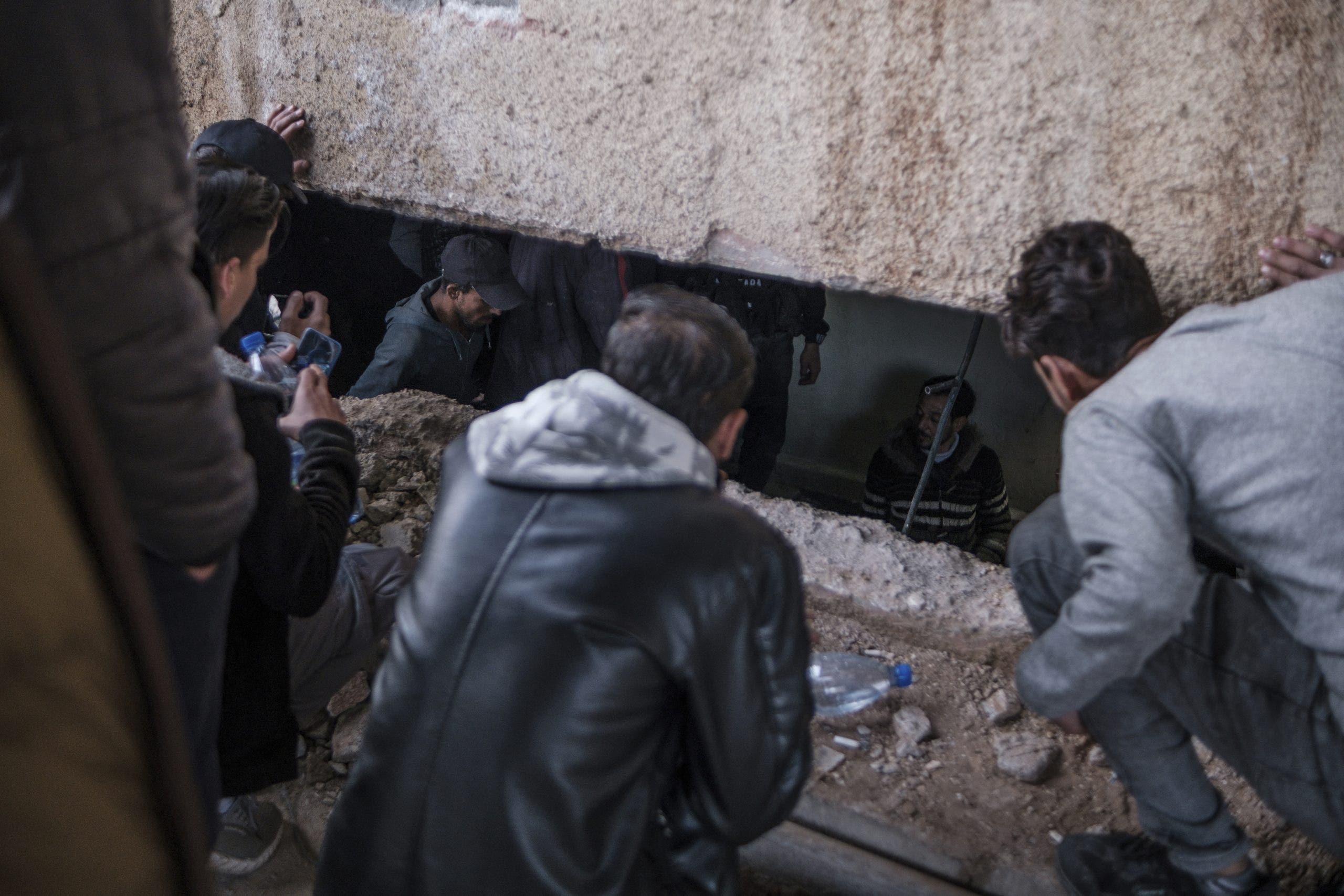Uncovering the atrocities of the Assad regime at its ‘death factory’ on the hill

Sednaya prison, also known as the “Death Factory” or the “Human Slaughterhouse,” stands as a haunting reminder of the atrocities committed by the Assad regime in Syria. With reports indicating that around 100,000 individuals have disappeared into Assad’s prisons, including women and children who were detained, tortured, and killed, the true scale of the regime’s violence is becoming increasingly clear.
Joseph Braude, founder of the Center for Peace Communications, recently gained rare access to Sednaya and described the horrors witnessed there. He stated that at least 10% of those detained in Assad’s prisons lost their lives, with some reports suggesting the figure could be as high as 20%. The number of missing individuals continues to rise as families search for their loved ones who remain unaccounted for.
Former political prisoner and Syrian affairs analyst, Ahed Al Hendi, shared chilling details of the conditions inside Sednaya. He recounted stories of torture machines, bags of bones, fresh blood on the floors, and the smell of death that permeated the prison. Al Hendi emphasized that Sednaya was not just a place for political opponents but also a facility where children and women were taken as hostages to pressure their relatives.
As investigations into Sednaya and mass graves continue, there is a growing call for accountability and justice. Robert Petit, Head of the International, Impartial, and Independent Mechanism for Syria, stressed the urgent need to preserve evidence of the regime’s atrocities. He warned that time is running out to secure these sites and ensure comprehensive accountability.
The liberation of Sednaya following the fall of the Assad regime has brought thousands of traumatized prisoners back to freedom. Many of these individuals were detained for so long that they were unaware of the changes that had taken place in the outside world. The need for truth, reconciliation, and acknowledgment of the suffering inflicted by the regime is paramount to prevent further cycles of violence and vengeance.
Braude highlighted the importance of addressing the role of the Alawi community, to which 99% of Syria’s prison guards belong. He noted that the rebels have proposed a solution involving Russia surrendering Assad and top officials responsible for the atrocities in exchange for amnesty for lower-level perpetrators. This approach, if facilitated by Russia, could help prevent further violence and bring stability to Syria.
The horrors of Sednaya and the regime’s violence serve as a stark reminder of the need for justice and accountability in Syria. As the country seeks to rebuild and move forward, acknowledging the suffering of the past and working towards reconciliation is essential for a peaceful future.




